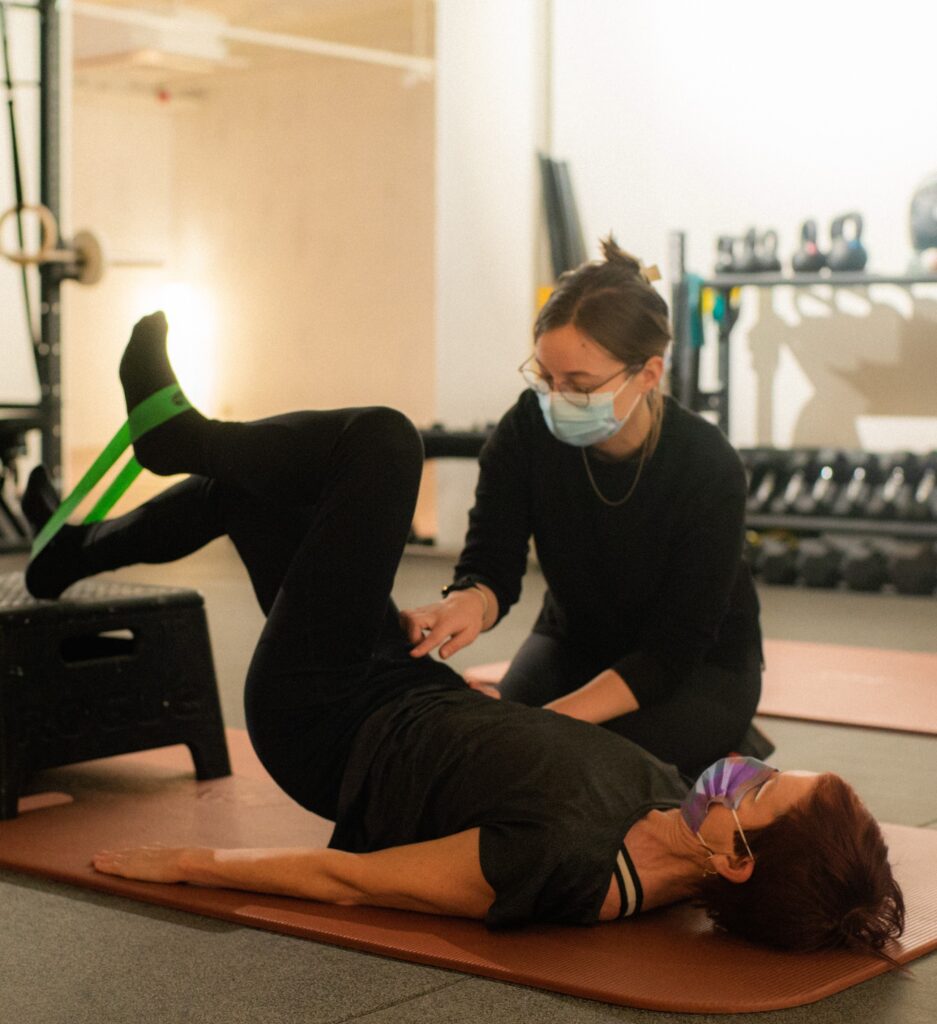What happens when we exercise?
Primarily when we exercise blood flow increases around our body. This occurs in the areas of the body that we are using as oxygen is required to break down glucose and create the fuel that is used by our muscles to contract – adenosine triphosphate (or ATP). As all bodily functions require a neurological component, during exercise there is also a significant increase in blood supply to the brain [4].
Due to this increased blood flow to the brain, neurophysiology and neuroplasticity involved with movement, exercise has been shown to have a positive effect on mood, cognition memory, anxiety, depression, sleep and even decreasing risk for dementia [1, 5].
So how does this happen?
When we exercise this elicits an acute stress response. The amygdala (attributed to emotional processing) sends a signal to the hypothalamus (the command centre of the brain) which communicates to the autonomic nervous system. Our autonomic nervous system is divided into our sympathetic nervous system and our parasympathetic nervous system [6]. With an acute bout of exercise (i.e., running 5km a single time) our sympathetic nervous system (fight-flight response) stimulates epinephrine (commonly known as adrenaline) to course through the body causing multiple physical changes including our heart rate and respiratory rate to rise, delivering more blood to the body due to increased oxygen demand [7]. This is an extremely quick reaction, and to maintain this sympathetic nervous system response cortisol is released to keep the body revved up and alert. Cortisol is what is often referred to as our stress hormone, but also in an acute form it also increases happiness, memory, and lower sensitivity to pain.
This is an acute stress system and is extremely beneficial and important for our bodies and our brains. Like any acute situation it should pass, and then the parasympathetic nervous system becomes more involved to return to metabolic and physical regulation.
Ample evidence outlines that chronic bout of exercise (i.e., repeated running over multiple times) improves the regulatory effect of the parasympathetic nervous system (rest and digest, the brake), increasing parasympathetic outflow and the increased ability to control and temper the sympathetic nervous system [8]. This results in a decrease in resting heart rate, improved regulation of blood pressure, and improved regulation of the cortisol – therefore improving many parameters associated with increased physical and mental health risk [8].



